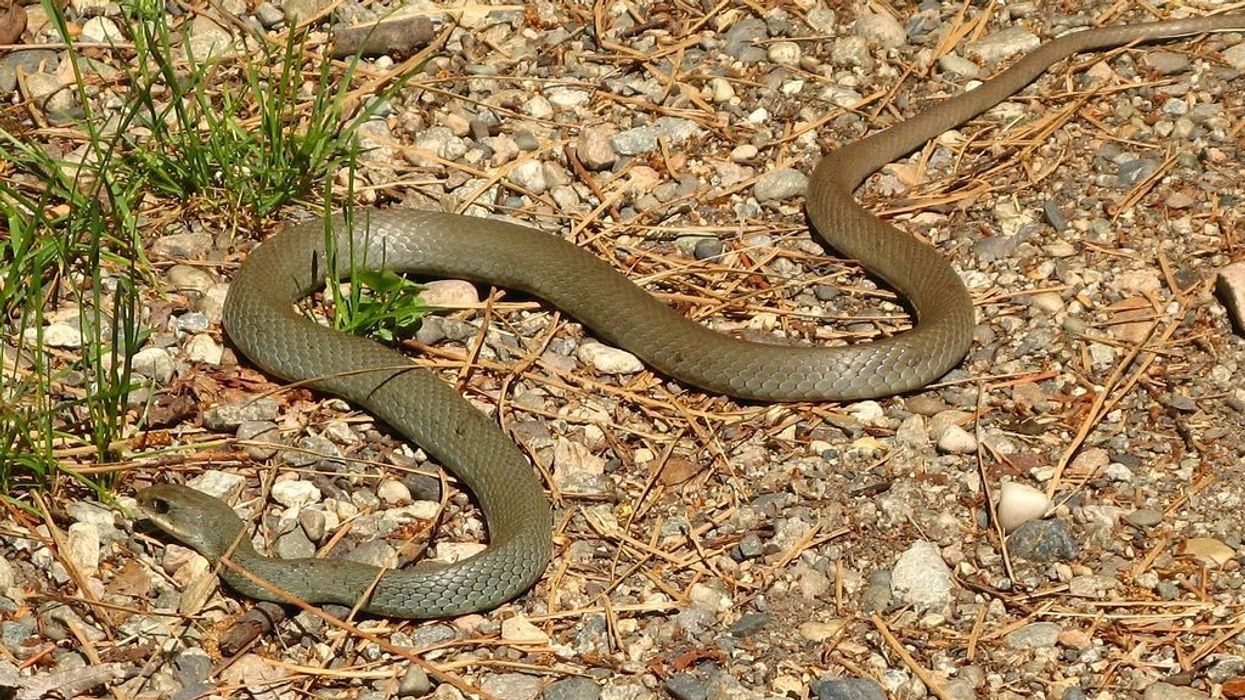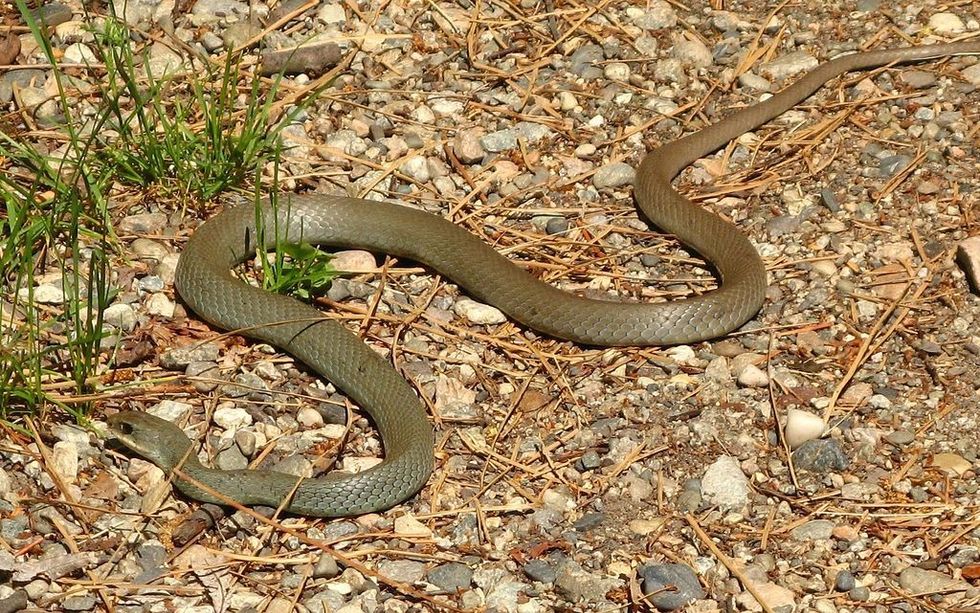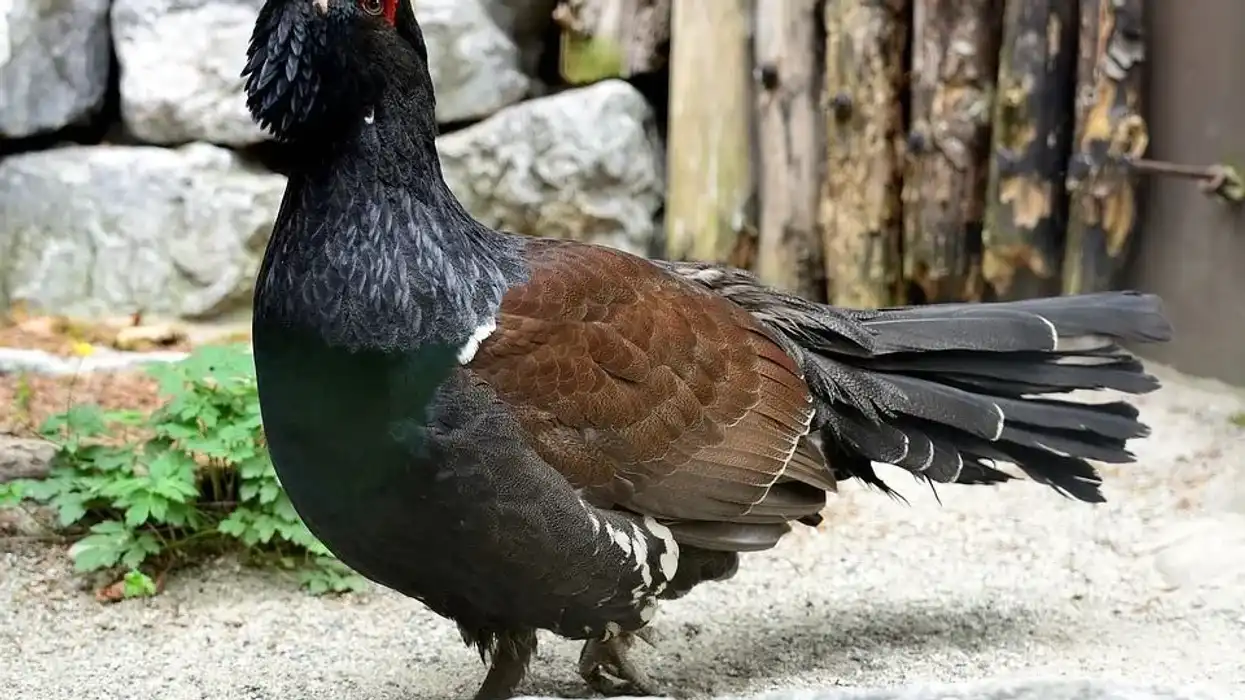The western yellow-bellied racer (Coluber constrictor mormon), a subspecies of the North American racer, is a New World snake that is endemic to the western states of the United States. They are a related species of the eastern yellow-bellied racer.
Yellow-bellied racers were considered to be abundant even 30 years ago when scientists surveyed certain parts of its range. However, at present, the subspecies are vulnerable to human activities, just like the eastern yellow-bellied racer.
The range of the western yellow-bellied racer species crosses the range of humans since they share the same habitat. Their habitats are threatened at present due to modification and are vulnerable to natural causes.
The number of snakes is also assumed to have declined from their historical level from their habitats. Once found abundantly in the south of British Columbia, the species has become uncommon there at present. To know more facts about these snakes, keep on reading these amazing facts.
For similar content, check out facts on blue racer snake and Apalachicola kingsnake facts too.
Western Yellow-Bellied Racer Interesting Facts
What type of animal is a western yellow-bellied racer?
A western yellow-bellied racer (Coluber constrictor mormon) is a type of snake of the Colubridae family.
What class of animal does a western yellow-bellied racer belong to?
The western yellow-bellied racer (Coluber constrictor mormon) of Squamata order belongs to the class Reptilia, the common class for all reptiles.
How many western yellow-bellied racers are there in the world?
Currently, the global population of the western yellow-bellied racer has not been quantified. Since the racers are fast-moving camouflaged snakes, they are difficult to locate in the wild.
There is very little information regarding their population size. Five major subpopulations of western yellow-bellied racers have been spotted in the arid river valley regions of the western US. All these subpopulations are affected adversely by some continued threats like habitat loss, fragmentation, and road mortality.
Where does a western yellow-bellied racer live?
The western yellow-bellied racer (Coluber constrictor mormon) is a subspecies of the North American racer, and consequently, the species is distributed in North America. The range of the racers extends from southern Canada to Guatemala in Central America.
The yellow-bellied racers occur almost throughout the United States, while the western subspecies are only restricted to the western states and southern Canada. They are found in states like California, Montana, New Mexico, Idaho, Oregon, southern British Columbia (Canada), and Utah.
What is a western yellow-bellied racer's habitat?
The western yellow-bellied racer species are found in arid and hot open habitats like grassland, savanna, open field, and woodland. They forage in wetter and damper areas like riparian valleys, marshes, and lake edges.
The adult and newborn young snake together take shelter in a closed area in the winter. They search for dens facing the south on river valleys.
A racer shelters in rocky crevices or burrows created by any other mammals, reptiles, or amphibians residing in that place. The females lay eggs under rocks, on rotten stumps, and loose sand so that the young ones get enough moisture.
Who does western yellow-bellied racer live with?
The western yellow-bellied racers are sometimes found living communally with other species of snakes, while sometimes a single snake is located in a den. The adult females share their laying site with many other snakes of different species.
How long does a western yellow-bellied racer live?
The eastern yellow-bellied racer has a shorter lifespan than its subspecies, the western yellow-bellied racers. The latter species can live for approximately 20 years. In comparison, the eastern ones can live for seven to eight years.
How do they reproduce?
In regards to their reproduction, the western yellow-bellied racers have a very short breeding season that starts in June and ends by early July. The females start to look for a suitable nest after they emerge from winter hibernation to lay eggs after mating like old burrows or cavities in the sand.
The females lay up to 3-12 eggs in a single clutch, and the eggs hatch after approximately two to three months.
The young snakes come out of the eggs around August and September, and they immediately start to look for a den for winter hibernation. There is no incubation; the sun and the sand keep the juvenile young snakes warm inside the eggs. The animals reach sexual maturity at two to three years of age.
What is their conservation status?
The western yellow-bellied racer (Coluber constrictor mormon) is not listed in the Red List published by the International Union for Conservation of Nature. However, the eastern yellow-bellied racers, along with their subspecies, the western yellow-bellied, are listed in the Species at Risk Act.
Since their numbers have drastically declined from British Columbia, unnecessarily killing and unauthorized possession of a racer species is prohibited there under the Wildlife Act.
The snakes are also given the status Vulnerable in Canada. In the rest of the provinces, they are recognized as a secure species as of now, however, it is extremely difficult to locate and calculate the accurate population of racers.
Since they share their range with humans, agricultural and urban development in their natural habitat has decreased the western yellow-bellied racer population from places like Canada, New Mexico, and south of British Columbia. Both the adult and the juvenile snakes fall prey to road activity or misinformed killing.
Western Yellow-Bellied Racer Fun Facts
What does the western yellow-bellied racer look like?

The western yellow-bellied racer is a long and slender species of North American snake with a blue-gray body, like many other racer snakes. The juvenile racers look different from the adults.
The color of the smooth scales on the slender body of the adult snake varies between blue-gray, blue-green, and brown. The underparts ranging from its belly to chin are creamy yellow in color. The young snakes tend to be light brown in color.
How cute are they?
The western yellow-bellied racer is dull-colored, so they might not be that cute.
How do they communicate?
All types of snakes, be it a racer, pit viper, or cobra, communicate by releasing and picking up pheromones.
How big is a western yellow-bellied racer?
An adult western yellow-bellied racer can grow up to 6.5 ft (2 m). They are longer than the black racer snake.
How fast can a western yellow-bellied racer move?
A racer snake usually moves at a speed of 4 mph (6.4 kph).
How much does a western yellow-bellied racer weigh?
The weight of the juvenile western yellow-bellied is 0.2 oz (5 g). The weight of an adult is unknown.
What are the male and female names of the species?
The male and the female species do not have any specific names; both are called western yellow-bellied racers.
What would you call a baby western yellow-bellied racer?
A juvenile snake is referred to as a neonate.
What do they eat?
The diet of western yellow-bellied racers is primarily based on amphibians and reptiles. The snake feeds on insects, rodents, frogs, and other snake species.
Are they poisonous?
The western yellow-bellied racer does not contain any venom.
Would they make a good pet?
No, they do not make good pets.
Did you know...
Western yellow-bellied racers are believed to be a subspecies of the eastern yellow-bellied snakes.
Hawks and other birds of prey often eat baby western yellow-bellied racers.
Racer snakes have a range of colors from black, gray, brown, to greenish-blue and blue. Some even have yellow bellies, as their name suggests.
What kind of snake is gray with a yellow belly?
There are another racer species found in Canada called the eastern yellow-bellied racers. The adult snakes of this species have slender gray bodies with yellow bellies.
Is western yellow-bellied racer endemic?
The western yellow-bellied racer is one such racer species that are found in North America. They are endemic to the western parts of the United States and southern Canada. Some of the states where these racers are common are California, New Mexico, Nevada, Utah, and Colorado.
Here at Kidadl, we have carefully created lots of interesting family-friendly animal facts for everyone to discover! Learn more about some other reptiles from our common garter snake facts or Great Basin rattlesnake facts pages.
You can even occupy yourself at home by coloring in one of our free printable buttermilk racer snake coloring pages.
Main image by Gabrielle Merk.
Second image by Jrtayloriv.









